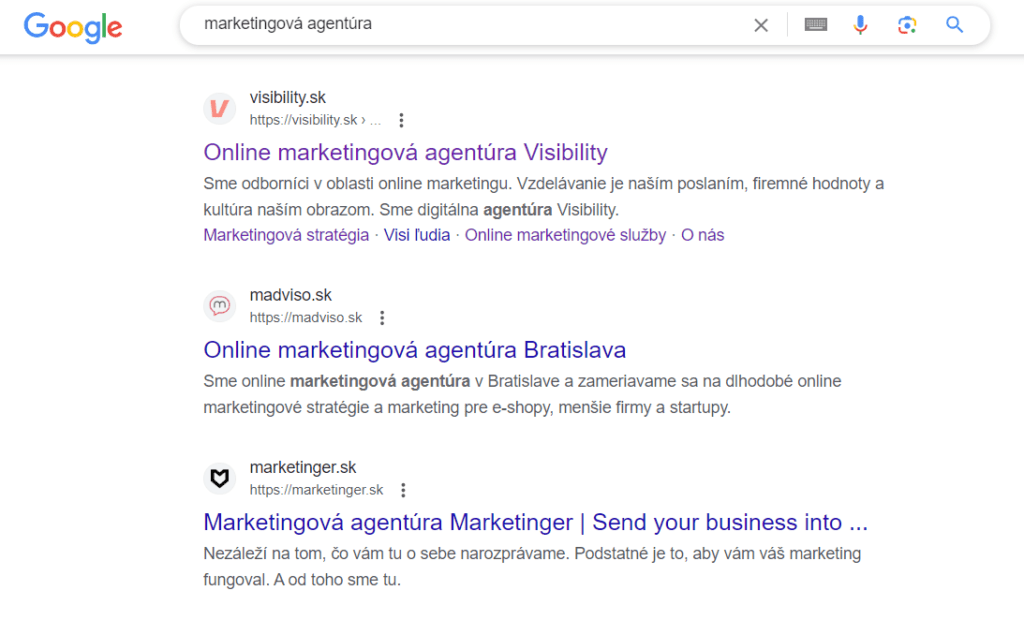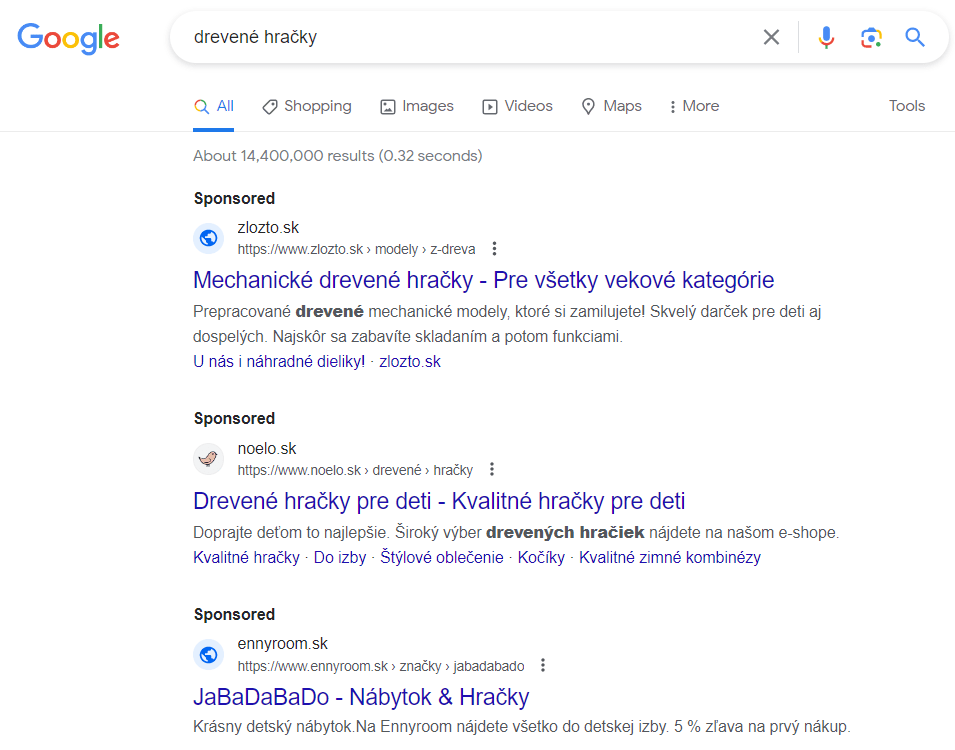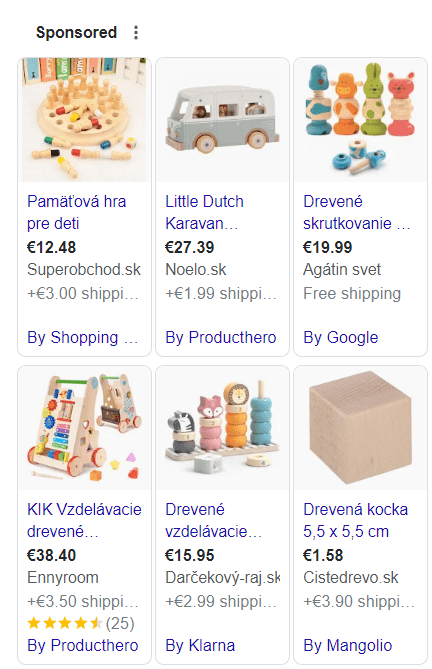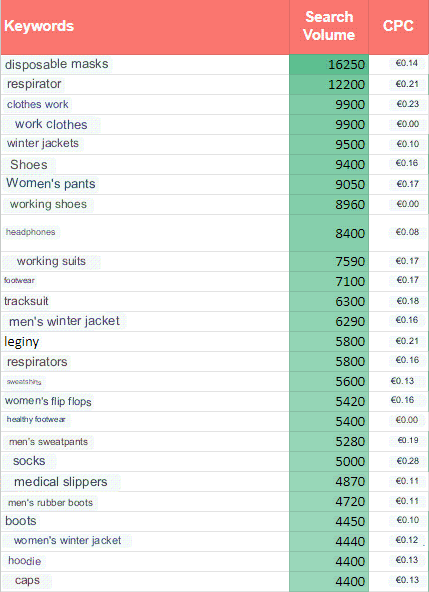SEO vs. PPC: Which Online Marketing Channel is Right for You?
In today’s digital era, businesses must be online and reach their target audience. Two of the most common methods to increase website traffic are SEO (Search Engine Optimization) and PPC (Pay-Per-Click). Which approach is the right one for you? In this article, we will explore both strategies’ differences, advantages, and disadvantages.
What is SEO and How Does It Work?
SEO, or Search Engine Optimization, is optimizing websites to rank higher in organic (unpaid) search engine results. Optimization involves various activities, both on and off the website, aimed at helping search engines (like Google, Bing, Yahoo, etc.) better understand your content and rank it higher in search results.
It is a comprehensive set of activities that requires a well-defined strategy considering current search trends.
In practice, when someone enters a keyword into the search box, the search engine looks for and displays the most relevant results based on its algorithm. SEO aims to ensure that your website is one of the most relevant for the searched term (keyword).
How Does SEO Work?
Many factors influence a website’s position in search engine results. Here are some of the most important ones:
- Keywords: It’s essential to have relevant and highly searched keywords in your website content. You can obtain these keywords from keyword analysis tools like Marketing Miner, Ahrefs, and Google Ads.
- Quality Content: Create original content that includes keywords and provides real value to the readers.
- Backlink portfolio: Pay attention to the quality and logic of internal linking on your website. Also, analyze your backlink profile and focus on acquiring quality backlinks to enhance the credibility of your supported page.
Why is SEO Important for Your Website?
Most people only look at the first page of search results online. The higher you rank in search engine results pages (SERPs), the more traffic you will receive on your website. More website visitors increase the chances of acquiring potential customers and opportunities for brand growth.
Whether you are a small business, a blogger, or an online seller, SEO can bring these benefits to your website:
- Increased Visibility: Higher ranking in search results increases the chance of users noticing and visiting your website.
- Enhanced Credibility and Authority: Higher positions in search results give your website credibility and authority.
- Targeted Audience: With SEO, you can attract visitors searching for precisely what you offer, provided you optimize for relevant keywords related to your business.
- Long-Term Results: Once you achieve higher rankings and maintain them, you can regularly receive organic traffic without investing in advertising.
- Improved User Experience: Utilize available data on user queries to offer helpful navigation menus, call-to-action elements, and an overall clear and user-friendly website structure.

Types of SEO
As mentioned earlier, SEO encompasses various activities to increase visibility, traffic, conversion rates, etc. To know where to start, SEO is divided into several smaller areas:
On-Page SEO
Involves activities that optimize the website, including internal aspects that you can directly control and modify on your website. These activities include:
- content optimization (meta descriptions, meta titles, H1-H5 headings, etc.),
- improving website structure,
- enhancing user experience.
Off-Page SEO:
Encompasses all activities outside your website that help increase its authority and visibility. This includes:
- link building to establish a strong backlink portfolio,
- social media activity, content sharing
- building a brand reputation online.

Technical SEO:
Evaluates the “backend” of your website, ensuring that it functions properly, is responsive, indexable, and has a sound structure, among other aspects that impact the website’s visibility in SERPs.
Areas covered in a technical SEO audit may include:
- website security,
- mobile usability,
- redirects,
- search engine accessibility,
- page loading speed,
- page indexation,
- structured data,
- and more.
Content SEO
Besides having a fully functional search engine and a user-accessible website, content is also crucial. Content SEO focuses on creating, optimizing, and managing content to engage readers and ensure search engines correctly interpret and evaluate it.
An audit of content SEO may include:
- structuring and designing content,
- the hierarchy of headings on a page,
- analyzing meta titles,
- meta descriptions,
- H1 tags,
- alt descriptions,
- checking for duplicate content within the website or across the internet,
- keyword representation on the page,
- and optimizing multimedia elements (images, videos, graphics).
SEO and PPC have their respective advantages and disadvantages. Below, we will outline the main benefits and drawbacks of SEO.
Advantages of SEO
Increased Traffic and Brand Awareness
SEO helps increase organic, unpaid traffic to your website from search engines. On-page and off-page optimization can improve your website’s search results for relevant keywords, leading to more visitors.
Higher Conversion Rates
Visitors from organic search typically have higher conversion rates as they actively search for information related to your products or services.
Long-Term Results
Unlike PPC, where you continuously pay for ads and traffic, SEO provides long-term results. With proper website and content optimization, you can achieve continuous growth and organic traffic without ad spending.
Cost-Effective
Compared to PPC, SEO is a cost-effective strategy. Besides initial setup and optimization efforts, SEO is free, and you don’t pay for clicks or impressions.
Disadvantages of SEO
Time-Consuming
SEO requires time and effort to see significant improvements. Achieving high positions in search results may take 4 to 6 months of ongoing optimization, and for competitive keywords, it could take 6 to 18 months.
Continuous Maintenance
SEO is an ongoing process that requires constant attention and work. You need to regularly create optimized content, build quality backlinks, monitor rankings, and adapt to the latest algorithm updates.
Vulnerable to Algorithm Changes
SEO heavily depends on search engine algorithms, which are constantly changing. A Google algorithm update could suddenly drop your rankings and organic traffic. While adhering to best practices can minimize risks, there is always a chance of position instability beyond your control.
Limited to Organic Traffic
SEO impacts only organic search traffic. It doesn’t directly generate visits from other sources. Therefore, it’s beneficial to combine SEO with other marketing channels.
In summary, while SEO has significant advantages when correctly implemented, it has natural drawbacks. For many businesses, an optimal approach might involve a balanced digital marketing strategy that includes SEO and paid advertising.
What is PPC and How Does It Work?
Pay-per-click (PPC) marketing is an online advertising model in which advertisers pay a fee for each click on their ad. PPC ads can be displayed on search engine results pages (SERPs) and other websites. There are three main types of PPC:
- Search Engine Marketing (SEM): Placing ads in search engine results.
- Display Advertising: Showing image, video, and text ads on websites, mobile apps, and social media platforms based on demographic data and interests.
- Social Media Advertising: Promoting ads, posts, and other content on social media platforms like Facebook, Instagram, and Twitter. Advertisers can target users based on location, interests, and behavior.
Principle of PPC
The principle of PPC is that advertisers bid on specific keywords, and the cost of the bid determines the ad’s placement. When a user enters a search query that matches a keyword in your campaign, the search engine enters the auction for the ad space.
The auction considers various factors, including the bid amount, ad relevance, and ad quality. The ad with the highest Ad Rank (a combination of bid and quality score) gets displayed in the ad space.

Types of paid ads
Paid ads in search engines come in different formats. We categorize them as follows:
Text ads
Text ads consist of a headline, description, and URL address. They appear at the top and bottom of search engine results pages. The headline and description should be compelling and highlight the key benefits of your product or service.

Image Ads
Image Ads include visual elements such as photographs, illustrations, or logos to grab attention. They appear alongside text ads in search results. Include a brief headline and description with the image to inform searchers about what you offer. Image ads often achieve higher click-through rates than text ads alone.
Shopping Ads
Shopping ads display images, prices, and information about the merchant/product that people are searching for. They appear at the top of search engine results pages, especially for product-related queries. Shopping ads are available only to approved merchants who meet the search engine’s standards.

Video Ads
Video ads play short commercials before, during, or after other video content on search engines, partner websites, and applications. Video ads typically have a high engagement and retention rate, but their production can be more expensive.
Using various types of ads can help capture attention, increase click-through rates, and attract more targeted visitors to your website. The key is to select advertising formats that best align with your business objectives, brand, and budget.
Advantages of PPC
Targeted Reach
PPC allows you to target your desired audience precisely. This targeting helps ensure that your ads are shown to users who are most likely to convert.
Instant Results
PPC ads start running and generating traffic as soon as you launch them.
Measurable Results
PPC provides detailed performance metrics that help optimize your campaigns. You can see how many people clicked on your ads, how much you pay per click, and the return on your investment to determine what works and what doesn’t.
Flexibility
PPC is a flexible marketing strategy. You can easily change ads, targeting, and offers to improve performance. You can pause or remove underperforming ads and keywords or adjust budgets as needed with one click.
Disadvantages of PPC
Higher Costs
Among the disadvantages of PPC are potentially high costs per click, especially if your ads are not correctly optimized. Paying for each click can add up quickly. The more competitive your keywords and industry, the more you may need to bid to appear at the top of search results.
Click Fraud
Invalid clicks from competitors or bots can increase costs without providing value. While major search engines have measures to detect and filter most invalid clicks, some can still slip through. It’s crucial to closely analyze your traffic and conversions for any signs of click fraud.
Potential Impact on Organic Traffic
Relying heavily on PPC can reduce organic search traffic over time. Search engines may prioritize ads over organic positions, leading to declining organic traffic. Strive to strike a balance between both channels.
Ad Fatigue
Displaying the same ads repeatedly can lead to “ad fatigue,“ where users start to ignore your ads. Continuously testing different ad variations, graphics, and landing pages can help keep your ads fresh and engaging. Stay updated with the latest ad formats and features search engines offer to maintain ad relevance.
Despite the instant data PPC provides, it doesn’t necessarily equate to immediate profitability. PPC’s primary goal is to drive as many users to your website as possible, but converting those users into customers requires a different strategy.
How SEO and PPC Complement Each Other?
Though SEO and PPC are different strategies, they work well together. Combining SEO and PPC creates synergies that lead to lower costs and higher returns over time.
Shared Analytics
You can utilize the same measurement tools and outputs when starting SEO and PPC projects. One shared output could be keyword analysis, which includes the most searched queries and the corresponding position in search results alongside the cost per click (CPC) for each keyword.

Diversified Traffic
SEO helps increase organic positions and traffic over time, while PPC provides an additional stream of visitors and helps boost brand awareness.
Improved User Experience
Using ads allows you to analyze how PPC traffic interacts with your landing pages and SEO content, providing insights for improvements. Insights from PPC, such as top-converting keywords and high-converting offers, also inform your SEO strategy.
Summary
In summary, PPC offers targeted, measurable, and flexible ways to increase traffic and conversions. Combined with an SEO strategy, they synergistically work together to maximize results.
If you have a limited budget, focus on SEO initially. Create valuable, relevant content and use the best keywords to optimize your website. Ensure your site is user-friendly and optimized for search engines.
If you desire instant traffic, PPC is the better choice. Create compelling ads with the best keywords and offer the most relevant placements. Continuously test different ad variations and keywords and contributes to maximizing return on investment.
Although SEO and PPC each have distinct advantages, their combination leads to the best results. Together, they provide a comprehensive online marketing strategy leveraging paid and organic channels to maximize your reach and return on investment.
